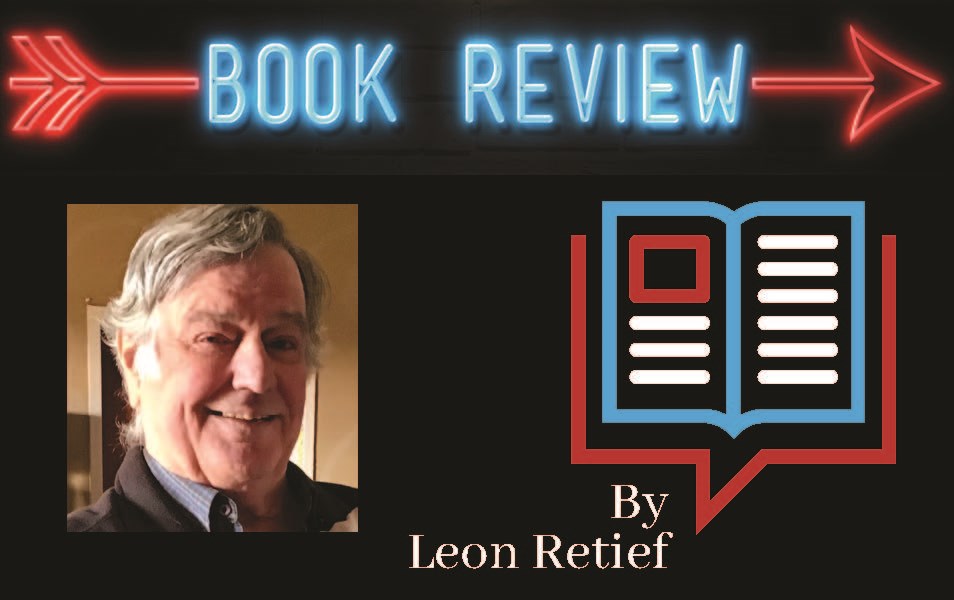Midnight at Chernobyl – The Untold Story of the World’s Greatest Nuclear Disaster
Adam Higginbotham.
Simon and Schuster. 538 pages.
Bearing in mind the risk of the release of a substantial amount of radio-active material at the Zaporizhzhia reactor in Ukraine (thank you, Vladimir Putin), it is perhaps time to revisit the catastrophe at Chernobyl 36 years ago.
Higginbotham begins with a history of the planning and construction of the nuclear plant and during the course of this description we get to know the main characters and their backgrounds, as well as details of the reactor’s design and innards.
The poor design of this reactor, as well as inadequate training of critically important personnel, made a disaster almost inevitable. No nuclear reactor in the West was ever designed along similar lines.
Although the operation of nuclear plants is a complicated affair, Higginbotham’s explanation of the intricate details involved is clear enough so that even a layman can understand it.
Not only are the technical matters clearly explained, but the author maintains an air of suspense throughout his description of the events leading up to the final catastrophical explosion – the thread of tension is never broken, in spite of the fact that readers are already aware of at least the broad outline of events. In this respect, Higginbotham shows himself a master storyteller, the equal of any writer of suspense mysteries. My wife called the book a real page-turner and I agree with that sentiment.
Midnight at Chernobyl is, in in fact in some respects, similar to the scene of a gruesome accident – yes, we know it’s voyeurism; yes, we know we shouldn’t look at the blood and guts, but still… we cannot help doing so.
The USSR was, at the time of course, the “Evil Empire,” as described by Ronald Reagan.
But one should bear in mind that not all the citizens of that Union were themselves evil or cowardly, as they were so often portrayed. In fact, the courageous, selfless and frequently self-sacrificing deeds of some of the technicians and other personnel (such as the architect Maria Protsenko) command respect, particularly when one compares them with the cowardly, lying bureaucracy in Moscow whose only goal was self-protection at al costs.
That is, of course, typical of bureaucrats, but it does appear to be more pronounced in totalitarian states.
Massive amounts of radio-activity were set free and the fates of those who were exposed to the radiation make hair-raising reading. Some died within hours, some months or years later. These deaths were usually not peaceful. Higginbotham follows the lives of some of the protagonists for some time after the catastrophe and their fates, as well as the subsequent court case, do not always make comfortable reading.
One must have sympathy with Viktor Brukhanov, the director of the power plant. Although he certainly wasn’t blameless he was an honest man, unlike his compatriots, and willingly shouldered his share (and more) of the blame.
Compare this with how the apparatchiks (mostly successfully) ducked and dived and covered up to escape unscathed. The KGB, for example, cut off the telephone lines between Pripyat (the small town where most of the staff lived) and the rest of the USSR. The behaviour of important figures in the Russian nuclear industry was nothing short of disgusting and is described in some detail.
Although Midnight at Chernobyl does not contain an in-depth political discussion, the author makes it clear that the authoritarian nature of Russian society, in his opinion, contributed significantly to the poor design and maintenance of the reactor, as well as to the totally inadequate response once the magnitude of the catastrophe became know to authorities.
This may be so, but it is of course no reason for complacency.
The book contains sketches of the power station, as well as interesting photographs, and quite a few pages are devoted to the surprisingly vibrant response of surrounding nature to the radiation.
I do have one problem, not with the book, as such, but with its possible effect on views about power generation in a time of widespread antagonism towards hydrocarbon extraction. Nuclear power does not generate CO2 (except during construction of a power station) and methods exist to deal with its waste.




